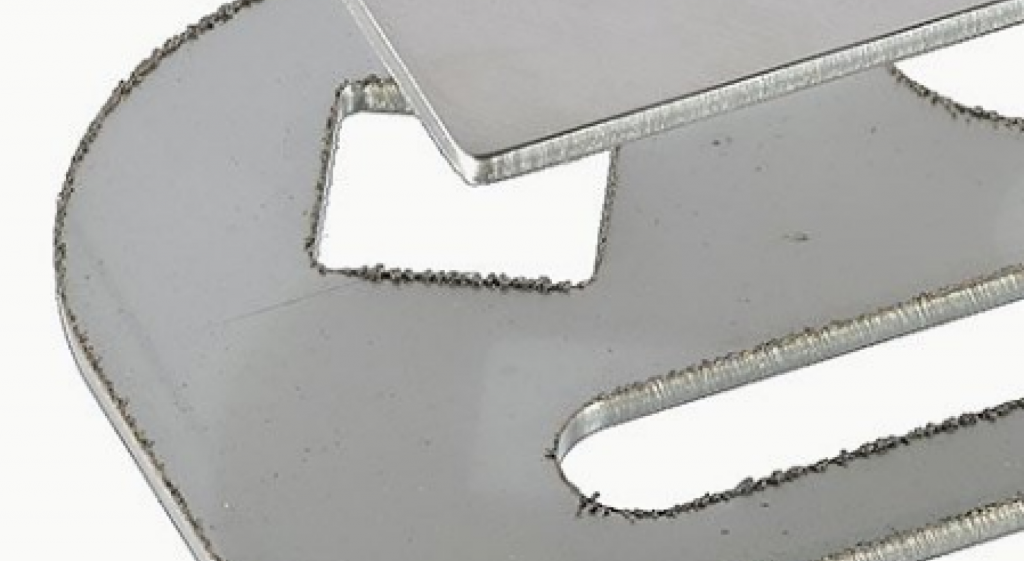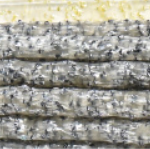
Edge rounding is a crucial process that many industries employ to improve the safety, durability, and overall aesthetics of their products. In this blog article, we will explore what edge rounding is, how it works, and which sectors use it. We will also provide examples of the benefits of edge rounding and offer some practical tips for incorporating edge rounding into your manufacturing process.
What is Edge Rounding?
Edge rounding, also known as deburring, is the process of removing sharp edges or corners from a material. This process can be done using various methods, including mechanical grinding, hand filing, and sanding. The purpose of edge deburring is to make the product safe to handle, more durable, and visually appealing.
The process of edge rounding is particularly important in industries such as aerospace, automotive, medical, and electronics where precision and quality are critical.
- Manufacturing companies: Edge radiusing can be an important step in the production process for many types of manufactured goods, such as metal parts or plastic components. This helps to ensure that the edges are smooth and free from sharp points that could pose a safety hazard or cause damage to other parts during assembly.
- Electronics manufacturers: Electronic components, such as printed circuit boards or semiconductor chips, may require edge radiusing to prevent damage or short circuits caused by sharp edges.
- Automotive industry: Edge radiusing is important for automotive components to improve their durability, reduce the risk of injury to workers who handle these parts, and improve the overall safety of the vehicles.
- Architecture and design: Edge radiusing can be used to create a more aesthetically pleasing appearance in architectural and design elements such as metal handrails, metal fixtures, or glass edges.
- Medical device manufacturers: Medical devices, particularly those used in surgical procedures, often require edge radiusing to ensure that they are safe and comfortable for the patient to use. This can help to prevent tissue damage and other complications during surgery or other medical procedures.
Benefits of Edge Rounding:
Edge rounding has numerous benefits, including improving the safety of the product by eliminating sharp edges that can cause injury. Additionally, it improves the durability of the product by removing weak spots that could be vulnerable to damage. Edge rounding can also enhance the appearance of the product, making it look more refined and professional.
Examples of Edge Rounding:
Edge rounding is used in various industries, such as the aerospace industry, where the edges of aircraft parts must be smooth to reduce drag and improve fuel efficiency. In the automotive industry, edge rounding is used to make car parts safe to handle and more aesthetically pleasing. In the medical industry, edge rounding is critical to ensure the safety and effectiveness of medical devices, such as surgical instruments. Electronics manufacturers use edge rounding to eliminate sharp edges that can damage sensitive components.
How Does Edge Rounding Work?
Edge rounding can be accomplished through various techniques, including manual processes, such as sanding, filing, and hand grinding. However, many industries prefer to use automated edge rounding machines, which can provide more precise results and can be used to process large quantities of parts. These machines use a variety of techniques, including abrasive belts, brushes, or discs, to remove the sharp edges of the material.
Practical Tips for Edge Rounding:
When incorporating edge rounding into your manufacturing process, it is essential to choose the right equipment and techniques for the job. It is also important to consider the size and shape of the product, the type of material used, and the specific requirements of your industry. Regular maintenance of edge rounding equipment is also essential to ensure optimal performance and prevent accidents.
Cepicat Edge rounding products
CEPIMET is our product line of brushes for deburring and edge rounding of stamped, finecut, sintered and casted metal parts. These brushes are used in brushing machines such as Loeser, Weber, Lapmaster Wolters, Loewer, Costa and many more. Our products are characterized for its long life and quality.
If you want more information about our products, you can email info@cepicat.com, and we’ll get in touch.
In conclusion, edge rounding is a vital process that many industries use to improve the safety, durability, and overall appearance of their products. By removing sharp edges and corners, edge rounding can make products safer, more durable, and visually appealing. When incorporating edge rounding into your manufacturing process, it is important to consider the size and shape of the product, the type of material used, and the specific requirements of your industry.




